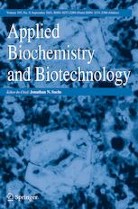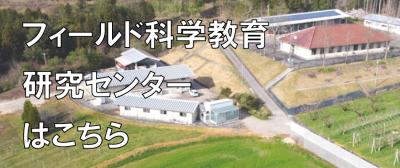本文
【地域資源開発学科】新規タケ培養細胞による特化代謝活性化を達成!
印刷用ページを表示する
2021年9月17日更新
【地域資源開発学科】新規タケ培養細胞による特化代謝活性化を達成!
Activation of Cryptic Secondary Metabolite Biosynthesis in Bamboo Suspension Cells by a Histone Deacetylase Inhibitor
Taiji Nomura, Akari Yoneda, Shinjiro Ogita & Yasuo Kato
Plants have evolved a diverse array of secondary metabolite biosynthetic pathways. Undifferentiated plant cells, however, tend to biosynthesize secondary metabolites to a lesser extent and sometimes not at all. This phenomenon in cultured cells is associated with the transcriptional suppression of biosynthetic genes due to epigenetic alterations, such as low histone acetylation levels and/or high DNA methylation levels. Here, using cultured cells of bamboo (Bambusa multiplex; Bm) as a model system, we investigated the effect of histone deacetylase (HDAC) inhibitors on the activation of cryptic secondary metabolite biosynthesis. The Bm suspension cells cultured in the presence of an HDAC inhibitor, suberoyl bis-hydroxamic acid (SBHA), exhibited strong biosynthesis of some compounds that are inherently present at very low levels in Bm cells. Two major compounds induced by SBHA were isolated and were identified as 3-O-p-coumaroylquinic acid (1) and 3-O-feruloylquinic acid (2). Their productivities depended on the type of basal culture medium, initial cell density, and culture period, as well as the SBHA concentration. The biosynthesis of these two compounds was also induced by another HDAC inhibitor, trichostatin A. These results demonstrate the usefulness of HDAC inhibitors to activate cryptic secondary metabolite biosynthesis in cultured plant cells.

これまで宿主として独自に開発した温帯性タケ,ハチク培養細胞(Pn株)とは異なる特徴を示す熱帯性タケ,ホウライチク培養細胞(Bm株)を用いて,ヒストン脱アセチル化酵素阻害剤の影響を調べました。この方法により植物培養細胞系において特化代謝経路の活性化が達成できることを示しました。本研究は、富山県立大学工学部生物工学科植物機能工学講座との共同研究成果です。
 大学概要
大学概要
 学部・大学院・専攻科
学部・大学院・専攻科
 学生生活・就職支援
学生生活・就職支援
 研究・地域連携・国際交流
研究・地域連携・国際交流
 入試情報
入試情報






